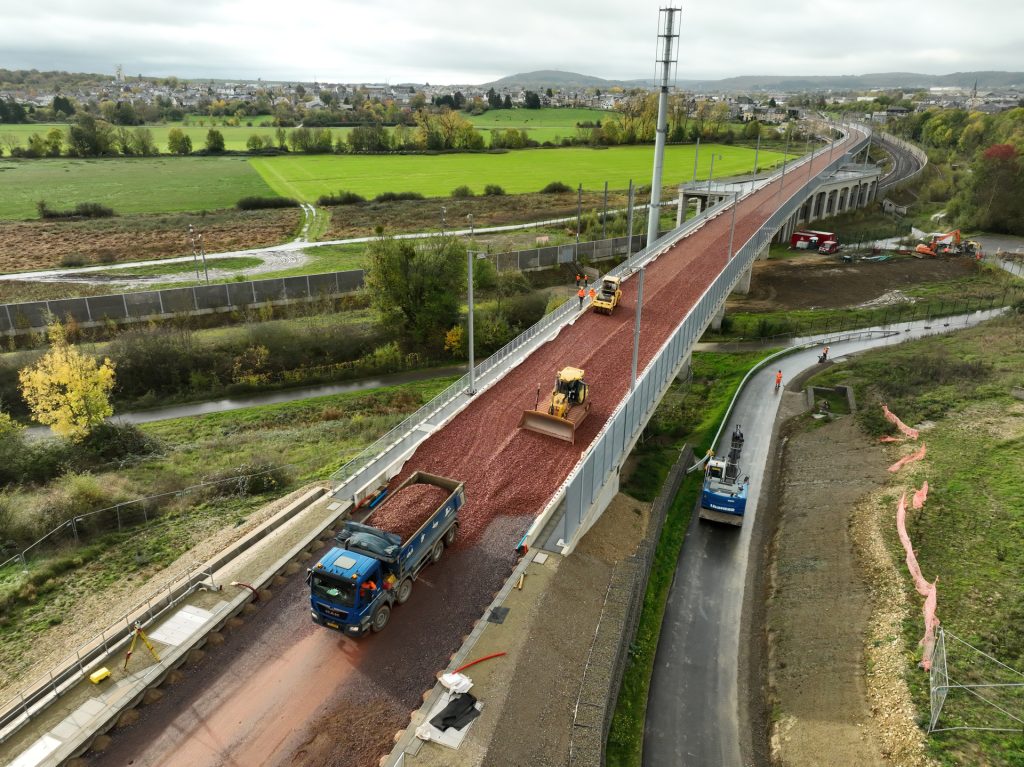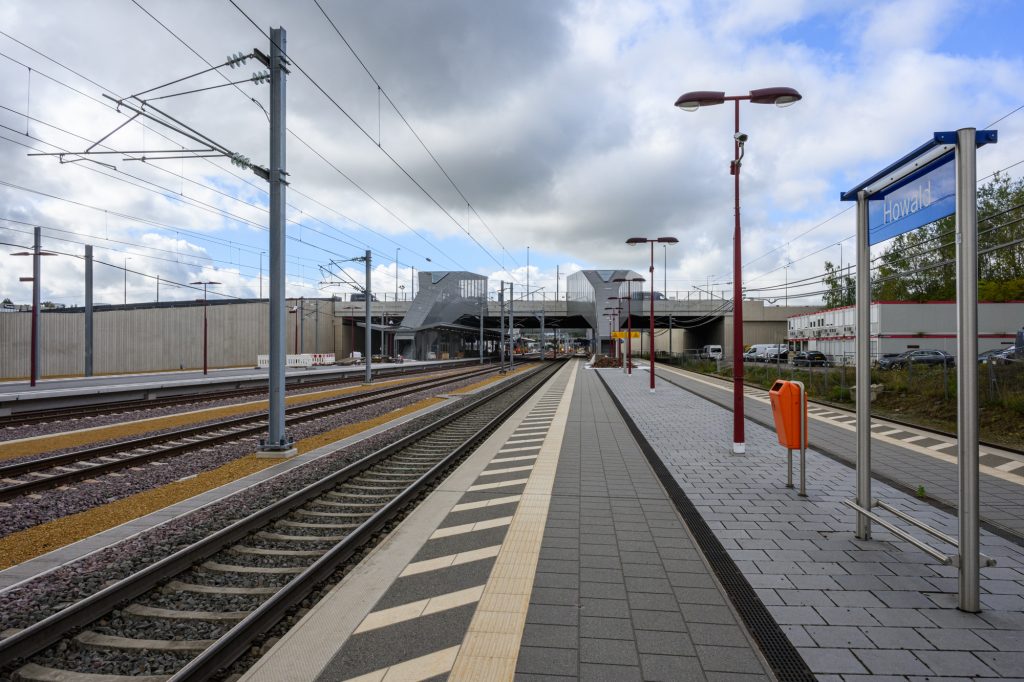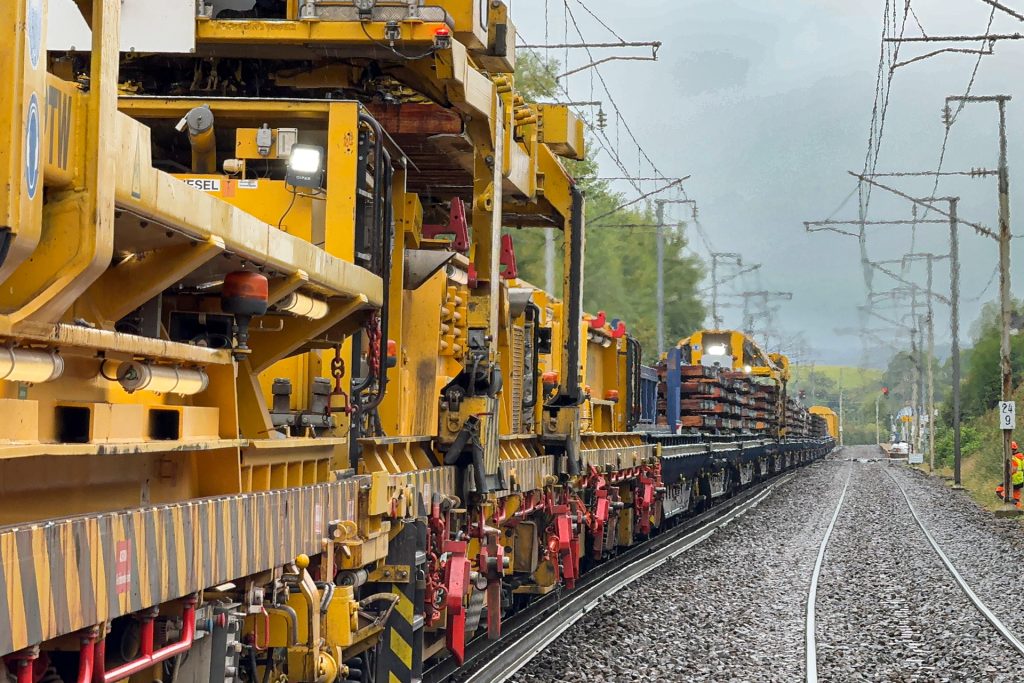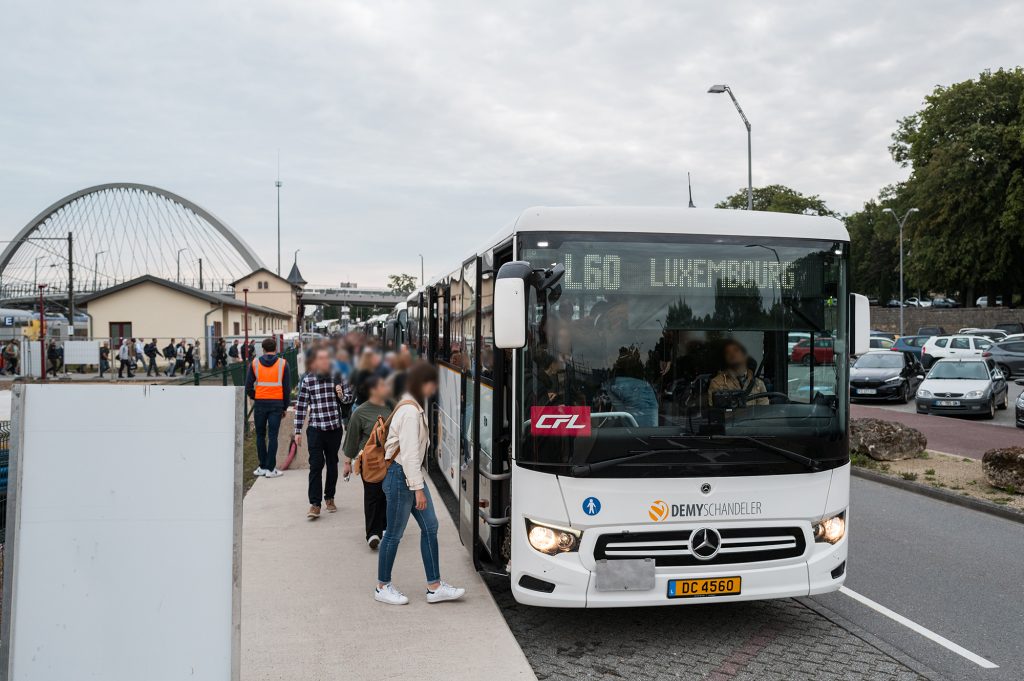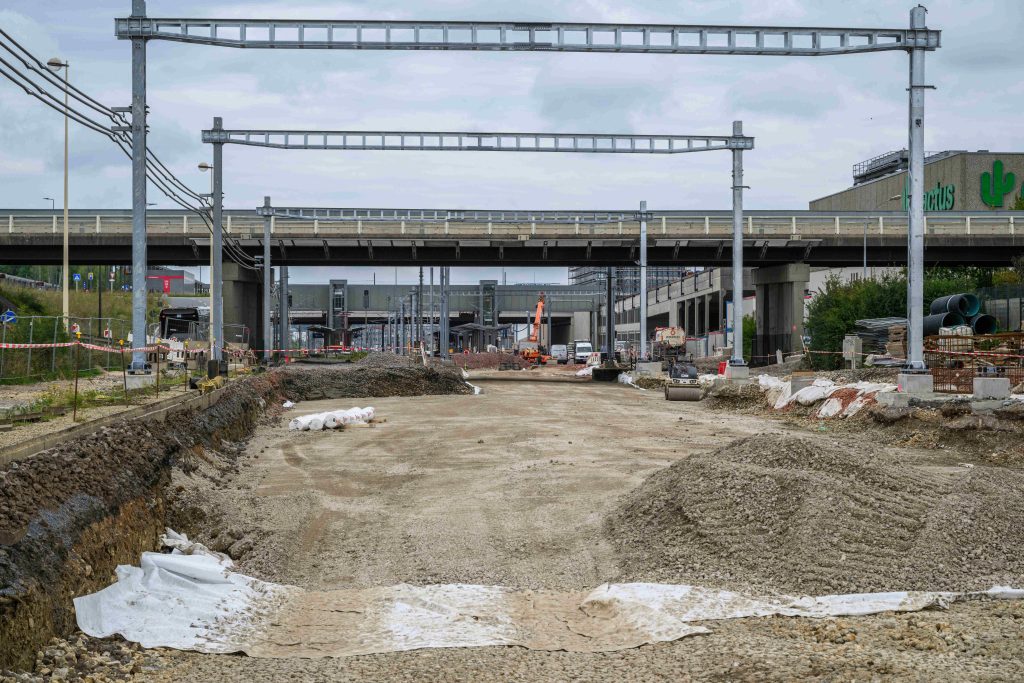
In Milbech, a Successful Lateral Shift and a Level Crossing Soon to Be Removed
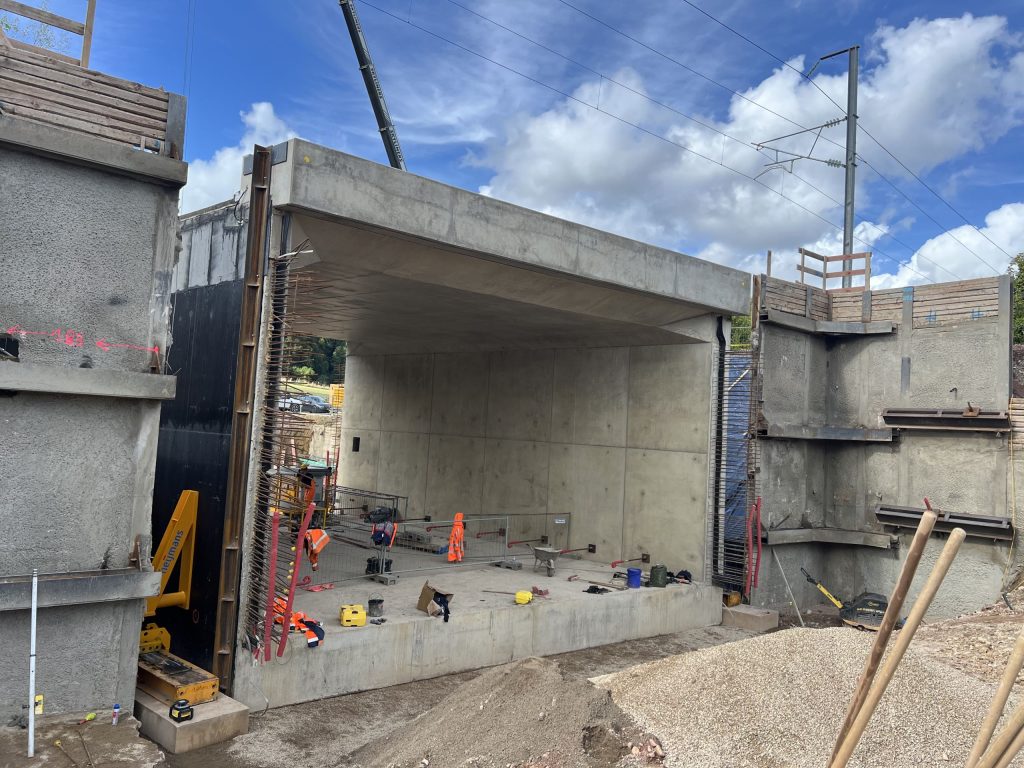
The CFL continue their program to eliminate level crossings on the Luxembourg railway network. These operations enhance rail and road safety, while also improving user comfort. A good example is PN 59 in Milbech.
Level crossings, where railway lines intersect with road infrastructure, remain potentially hazardous areas (especially if traffic rules are not followed). The CFL are gradually replacing them, at a rate of one or two per year.
While the idea of removing a level crossing may seem simple, its execution requires a blend of surgical precision, mastery of massive construction projects, and the ability to unite various teams toward a common goal.
A visit to the future former level crossing “PN59” in Milbech (municipality of Contern) quickly reveals the scale of the project.
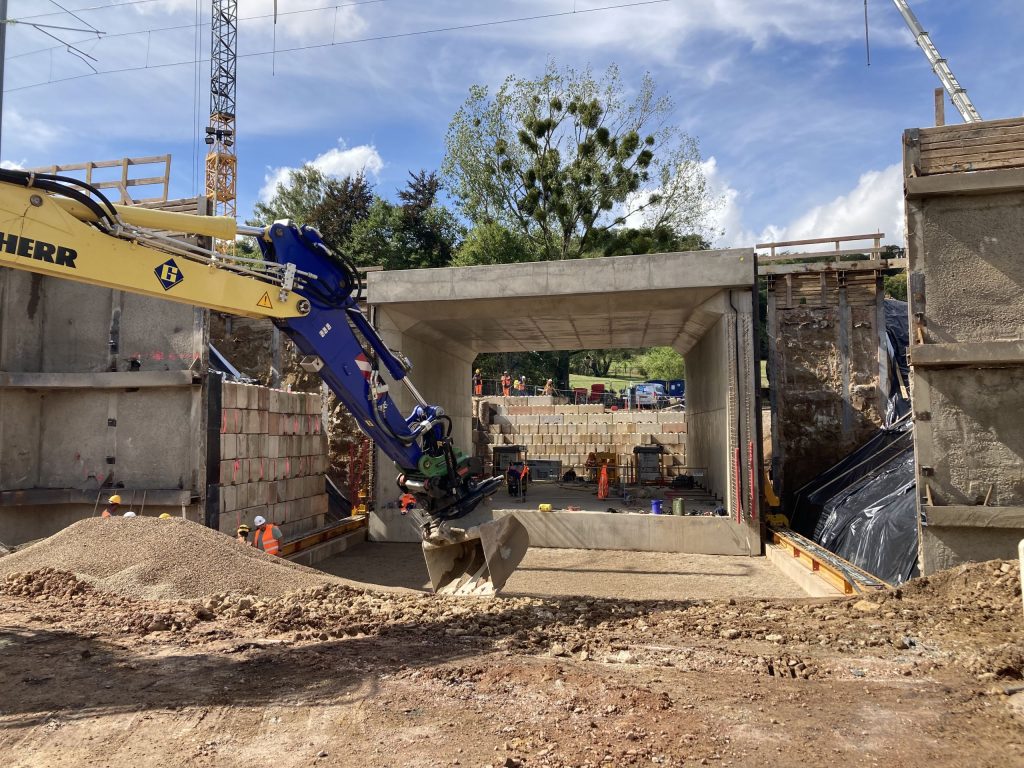
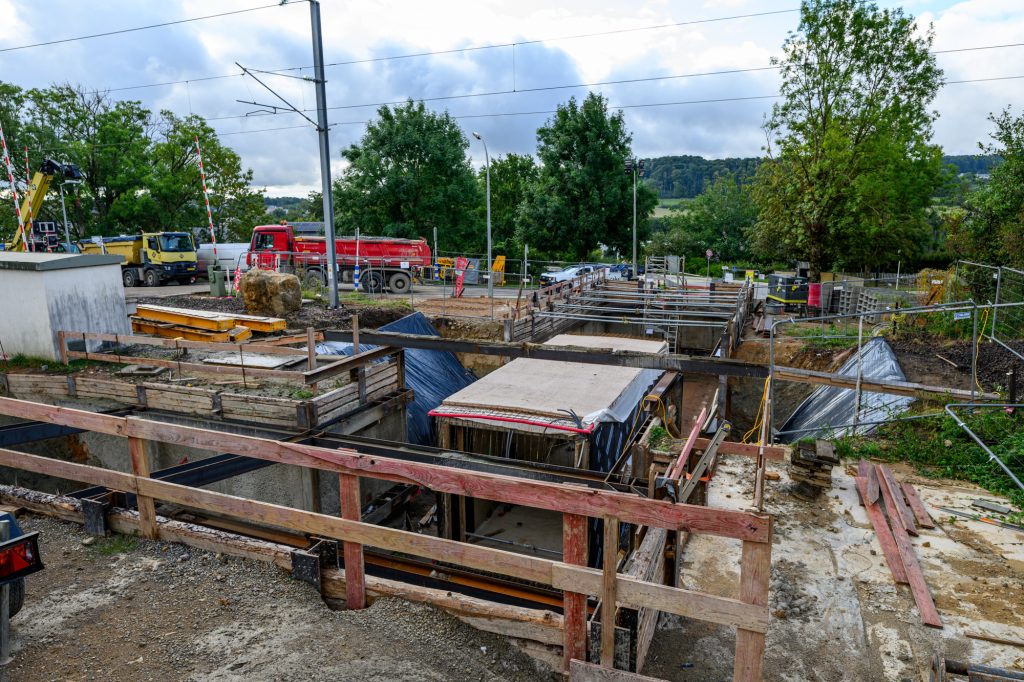
Soon, the barrier closures and the waiting times they caused for road users and soft mobility practitioners will be a thing of the past. “This project is complex due to the limited space available. Nevertheless, we managed to combine road diversion with a pedestrian structure. This will be particularly useful for residents of the nearby Lédenbierg estate to reach the bus stop located downstream,” explains Katia, Project Lead Engineer in the Infrastructure Projects Department at CFL’s Infrastructure Manager.
9 Days to Move 1,100 Tonnes
The timing of the lateral shift, organized on September 1st, was no coincidence. A closure of the section was already planned from August 23 to September 14, 2025, to renew 13.4 kilometers of track—about 27 km of rails—including around 22,000 sleepers. This massive task required the intervention of the Swietelsky RUS 1000 S, a unique renewal train in Europe.
Thanks to close internal coordination, operations were optimized between the track renewal teams and those responsible for removing the level crossing.
“We defined a nine-day intervention window during which we carried out the final operations and the lateral shift safely,” adds Katia. “From the start of the project, from constructing the structures to moving them, coordination with our colleagues and external partners has been a key success factor.”
“Our customers are always at the heart of our concerns.”
Damien, Project Manager Engineer in the Infrastructure Projects Department at CFL’s Infrastructure Manager.
The two structures pushed under the tracks in Milbech were built on-site—a deliberate choice to minimize the impact on CFL customers.
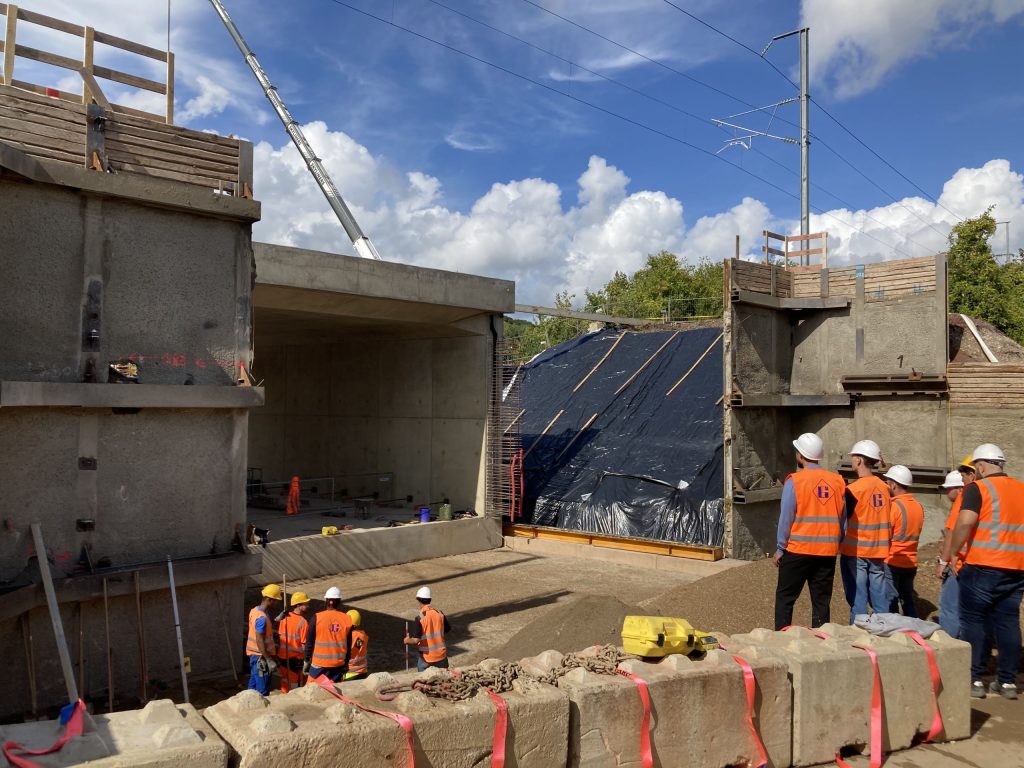
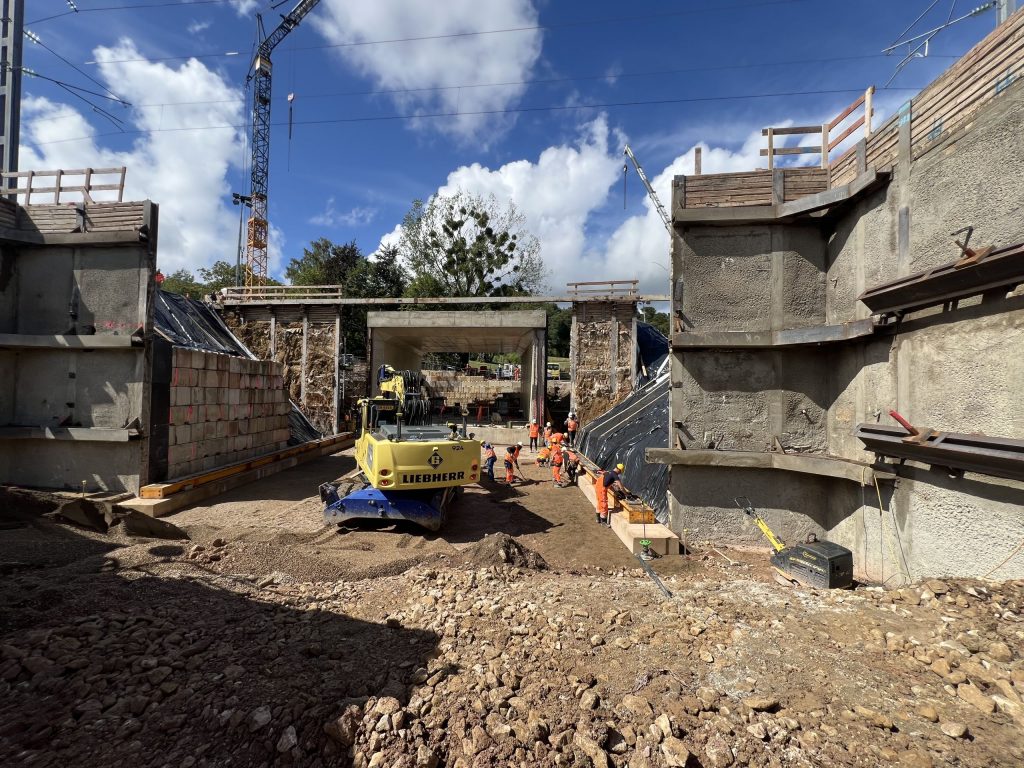
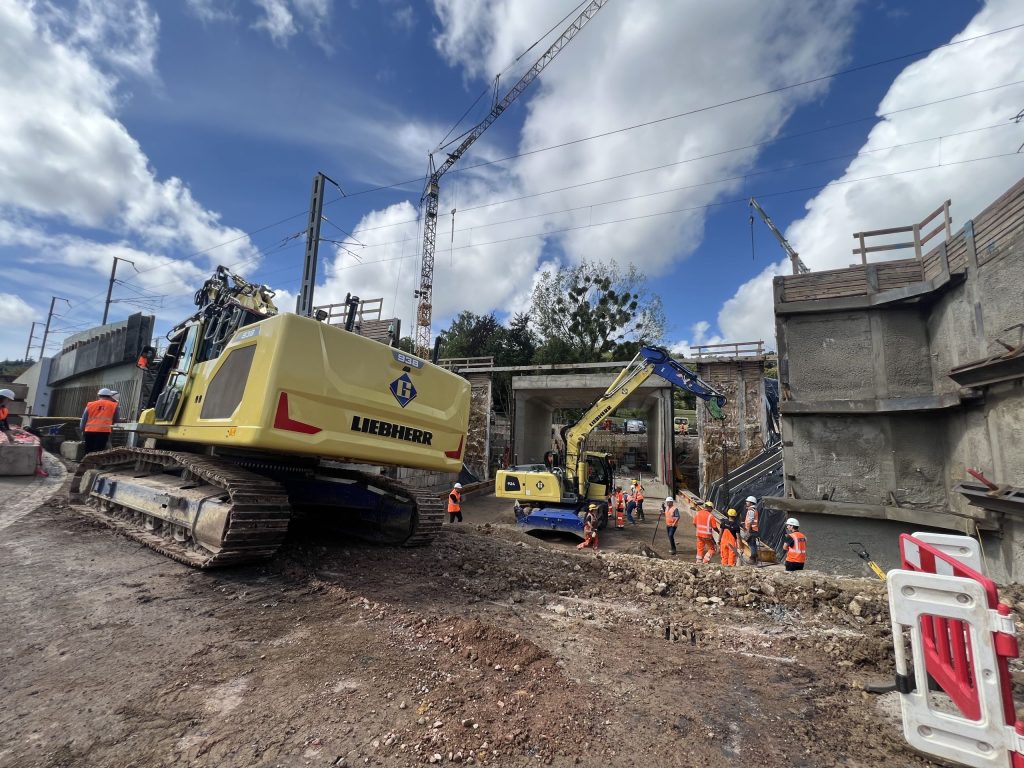
“Our customers are always at the heart of our concerns, so we aim to minimize track closures. That’s why we built the structures next to the tracks rather than suspending rail traffic for several months to build them in place,” explains Damien, Project Manager Engineer in the Infrastructure Projects Department at CFL’s Infrastructure Manager.
In the end, only one week of closure was needed for this major operation—from creating the hole where the underground passage was shifted, to reinstalling the removed tracks over several hundred meters. In addition to service quality, the CFL’s top priority remains safety—for their staff, suppliers, and of course, their customers.
“The vibrations from the preparatory work were closely monitored, day and night, 7 days a week. We wanted to avoid any subsidence or track displacement that could compromise rail safety. Fortunately, thanks to our precautions, the work proceeded without any impact on the operational track,” adds Damien.
“Like Moving a Table at Home”
Each situation requires a tailored method. While the OA14 structure on the future Luxembourg-Bettembourg line was shifted using a “crawler” system on wheels, the method used in Milbech was different.
“We drilled holes in the structure to insert horizontal bars, which allowed us to lift it using a hydraulic system mounted on guide rails to push the whole thing forward,” explains Katia.
“It’s like moving a table at home—you lift it first, then move it sideways. It’s the same, just a bit heavier,” smiles Damien. With the added constraint of maintaining a tolerance of just one centimeter for a total weight of 1,200 tonnes.
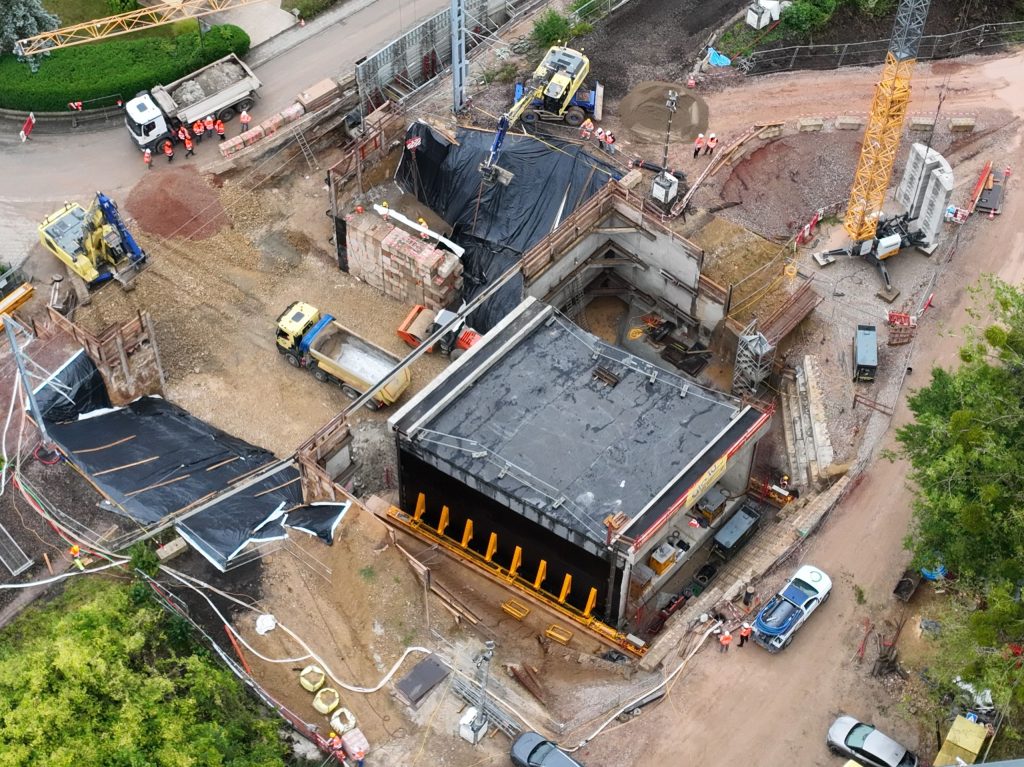
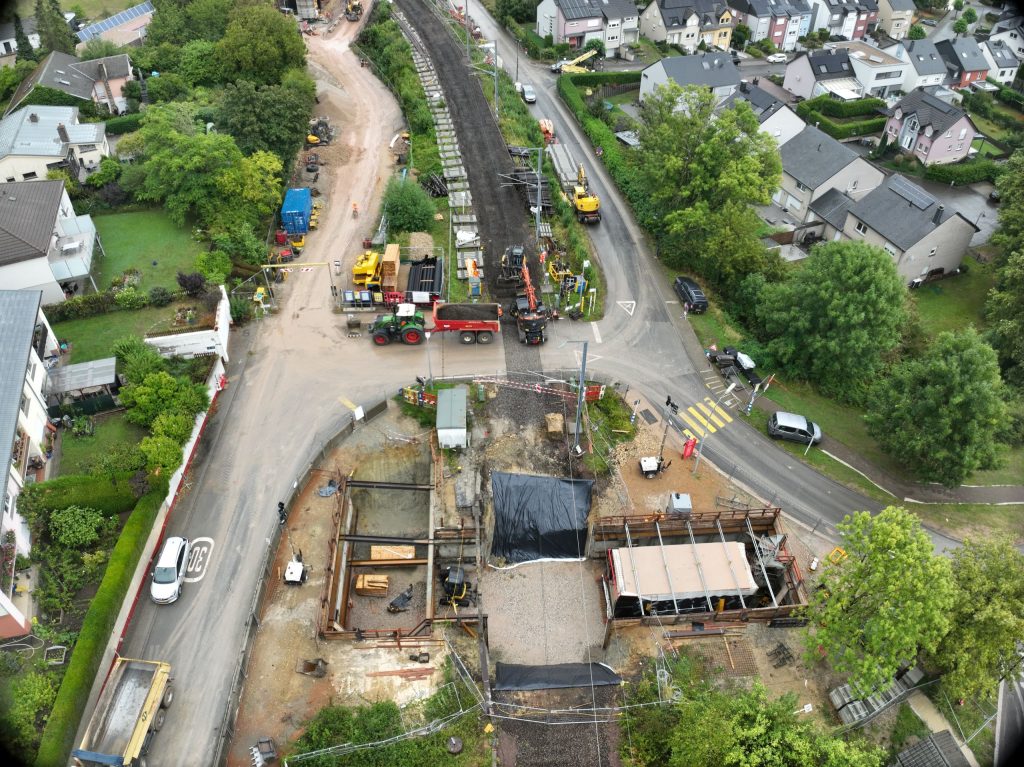
Blending into Natural and Urban Landscapes
Such a project naturally affects the neighborhood during and after the works, which is why it was presented to residents beforehand to incorporate their feedback during execution.
“This type of structure is custom-made to blend into the urban landscape and meet the municipality’s requirements—a key stakeholder in the project’s success. Not to mention the feedback from residents during their meeting,” adds Damien.
Scheduled for completion in 2026, the removal of PN59 will have required just under two years of on-site work—from the first shovel to the removal of the barriers—for a project spanning five years in total, from feasibility to road traffic opening.
These complex projects are welcome challenges for CFL experts and their subcontractors, as they showcase engineering in service of today’s and tomorrow’s—mobility.
